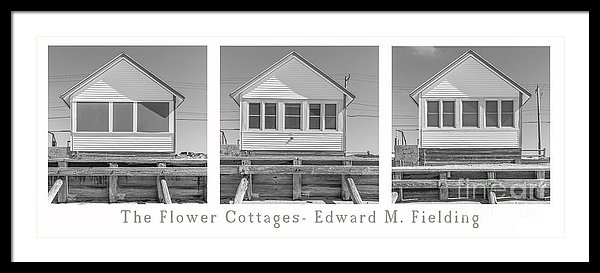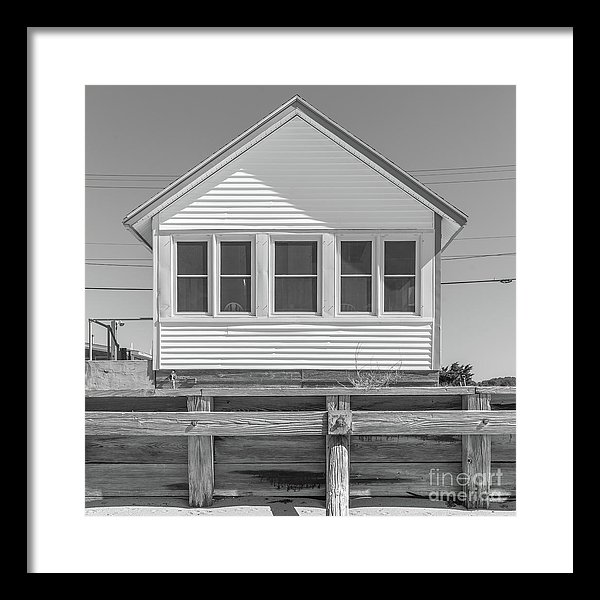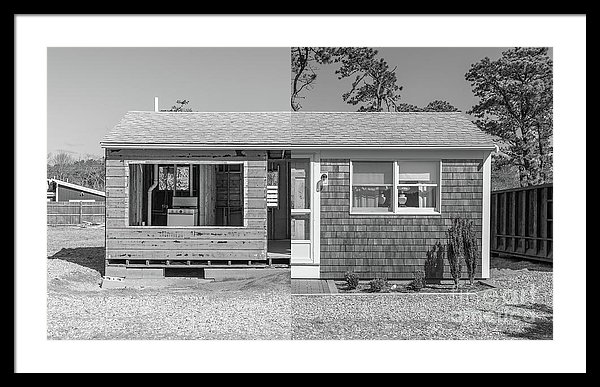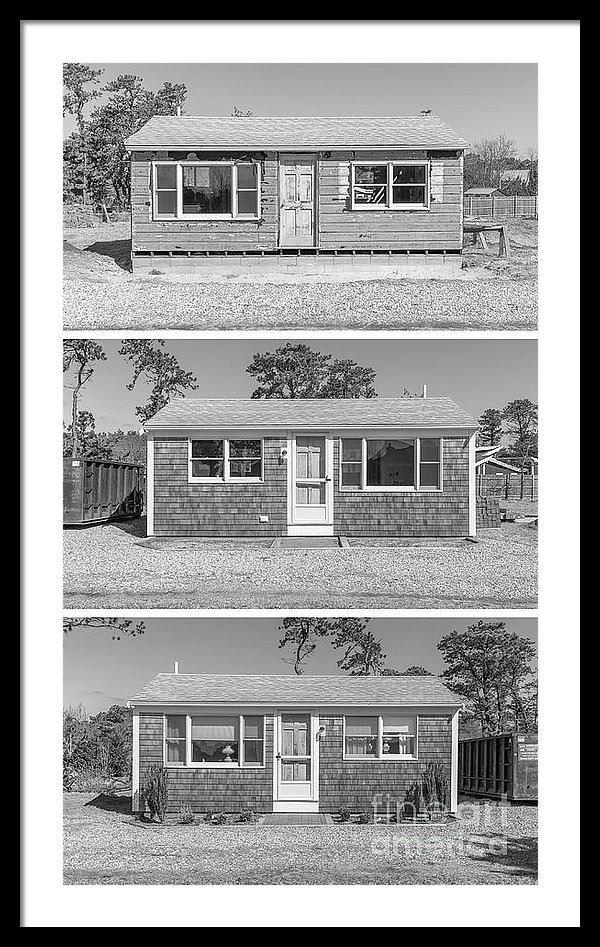Photography as a medium in the realm of art takes it beyond the snapshot and simple pretty picture. Fine art photography has intent and purpose behind it rather than simply capturing a memory, your lunch or snap of the cat.
Landscape photography is one of the most popular genres of fine art photography in which the photographer goes through an exact process to create a perfect idyllic world in which no human traces is seen. Often the photographer strives to create a scene with no human presence if to document a world untouched by man.
Of course the result is often a “lie” as the photographer excludes traces of man which would give away the scene – the discarded beer can on the ground, the cars in the parking lot or even the fence at the edge of the overlook.
The “New Topographics” photography movement dispensed with the idea of idyllic beauty in the landscape and sought to include the reality of the modern world, man’s presence and man’s encroachment on wilderness.
After all, after Ansel Adam’s mic drop of a life’s work photographing the America West via technically perfect and formally composed dramatic black and white large format view camera photographs, what space was left in the world of American Southwest photography?
Considering that geological features in the American West like the Grand Canyon have existed for eons, someone in 2019 can basically get the same photograph that was taken in 2009 or 1979 or 1959 or 1909. Millions of camera and cell phone bearing visitors today see the same basic thing some caveman might have seen.
Years ago I saw a gallery show of American West photographer Mark Klett’s work which was fantastic. Rather than rehashing Ansel Adams, Timothy O-Sullivan or some of the landscape painters drawn to these landscapes, Klett’s work has been exploring the changes in the landscape from the time of these past “documents” and the effects of time on the landscape.
Klett often revisits places in old photographs and re-photographs the same place to show what has changed. His work has evolved over his career but the starting point is often in pinpointing the exact location of an old photograph and taking it from there.
The Flower Cottages
My recent series of photographs from Cape Cod explores some of the concepts expressed in the New Topographics movement as well as the concepts of photography as a historical document which can be reinterpreted.
In series I present the iconic row of “identical” historic summer rental cottages, Day’s Cottages, also known at the “flower cottages” in the style of new topographics photographers, Bernd Becher and Hilla Becher, known for their straight on, documentary-style photographs of industrial sites such as blast furnaces, presented in identical fashion with overcast skies providing even lighting. Often the photographs were presented in a grid fashion during gallery shows.
In my Flower Cottages series, each cottage is present in the same straight-on fashion. Seen as an individual image, the viewer is left scratching their head at the meaning of the image presented. But as a series the whole, provides more value than the individual image. Side by side the view is compelled to compare the differences of these cottages which at first glance seem identical.


In another photograph from Cape Cod, I explored the passage of time in this composite images of two summer rental cottages in different stages of restoration.

And this set of photographs showing very similar looking summer rental cottages on Cape Cod, identical only in the possibility of their eventual renovations. Originally the same, now different but only during this period of reconstruction.

Prints from this series are available here –
https://edward-fielding.pixels.com/collections/the+flower+cottages+of+cape+cod/cape+codThere is also a print on demand book version of the series available for order on Amazon:
– Edward Fielding
https://www.amazon.com/Flower-Cottages-Cape-Cods-Identical/dp/1987754301

https://www.amazon.com/Flower-Cottages-Cape-Cods-Identical/dp/1987754301
